Air Force scouts three states as potential sites for new homeland defense radar
The radars would help modernize NORAD’s air defenses, though it’s unclear how the program may change due to strained ties between the US and Canada introduced by the Trump administration.


Panoramic view of Lewiston, Idaho from Idaho Highway 95. (Getty Images/ Dave Brenner)
WASHINGTON — Despite tensions with its northern neighbor on the joint project, the US appears to be proceeding with plans for a new constellation of radars to defend the homeland, and is scouting possible sites in Idaho, Nevada and Oregon to host the long-range sensors, according to a recent public notice.
On April 18, the Air Force revealed officials were beginning to prepare an environmental impact statement concerning the construction of over-the-horizon (OTHR) radars, listing one site each in Idaho and Nevada and three in Oregon as potential hosts. Barring any potential issues, the Air Force would acquire land from the five locations listed to build two OTHR systems, the notice published in the Federal Register says [PDF].
The new OTHR architecture was envisioned as a partnership with Canada to modernize NORAD’s defenses, where original plans would reportedly see Washington procure four radar systems and Ottawa two. The OTHRs are needed, officials have said, to improve domain awareness. The radars can see beyond the curvature of the earth — reaching further than the range of other radar systems that rely on line-of-sight detection — and in this case would be oriented toward the north to help detect threats like low-flying cruise missiles launched by adversaries such as Russia.
The modern air defense architecture would also likely play a key part in President Donald Trump’s Golden Dome homeland defense project, which calls for a multilayer defensive architecture spanning the ground to space to defend against threats ranging from drones to missiles.
But it’s unclear how the project may proceed under new political uncertainties introduced by the Trump administration, which have strained ties between Washington and Ottawa. The newly tense relations appear to have had an impact on the OTHR program, as Canadian Prime Minister Mark Carney announced in March that the Canadian government would procure the new radar technology from Australia, apparently leapfrogging the US in the process.
Canada’s acquisition of Australia’s Jindalee Operational Radar Network (JORN) is now poised to be Canberra’s largest defense sale ever. RTX has also previously pitched its own Next Generation Over-the-Horizon radar for the project as the only US supplier able to meet the program’s needs, and it’s not clear what system the Air Force may end up procuring. The Air Force previously deferred some $400 million in spending on the OTHR program to the fiscal 2026 budget, which is currently under review by Pentagon leadership.
The US Air Force and Canadian Department of National Defence did not immediately respond to questions about the OTHR acquisition strategy.























































































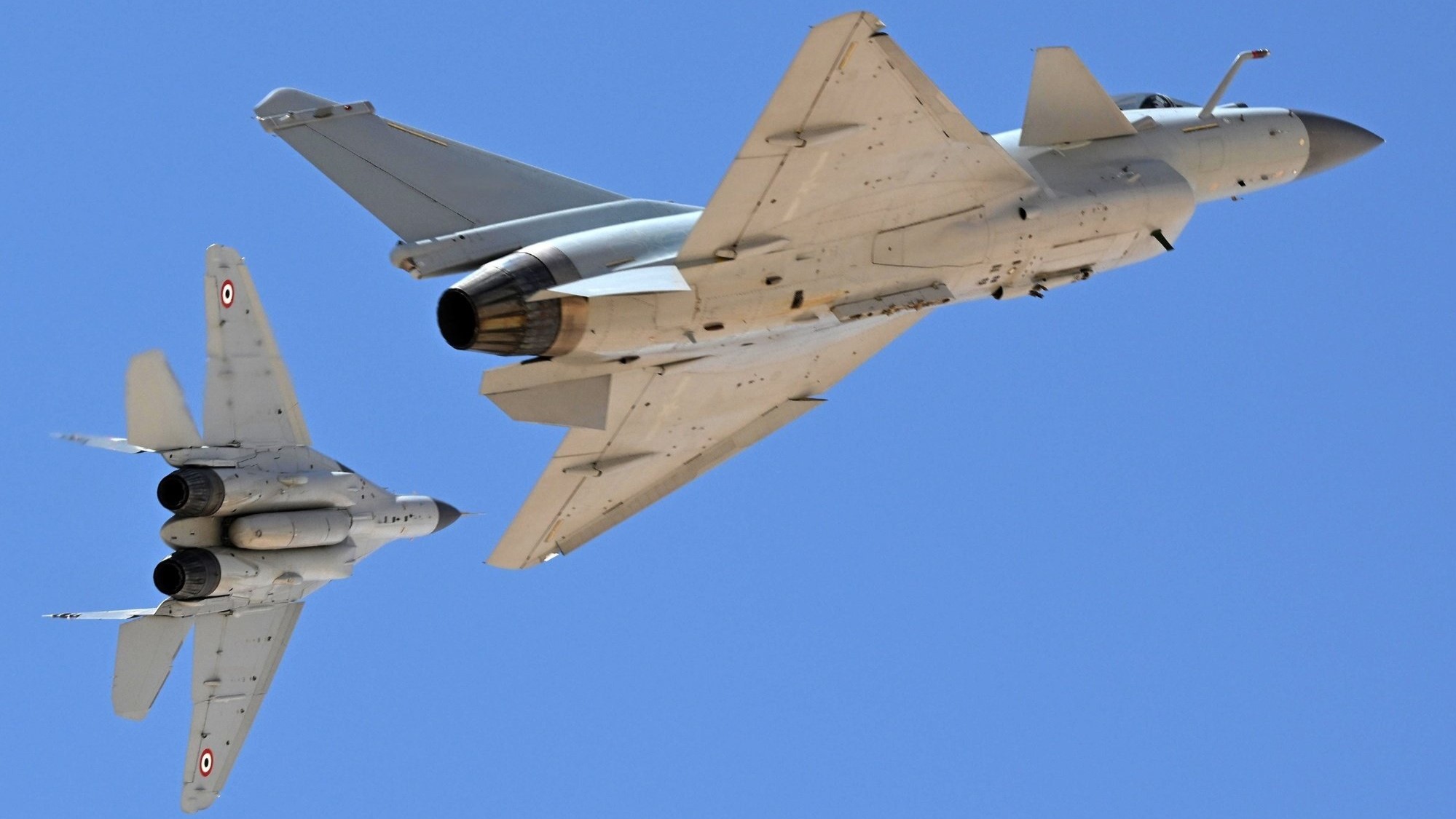


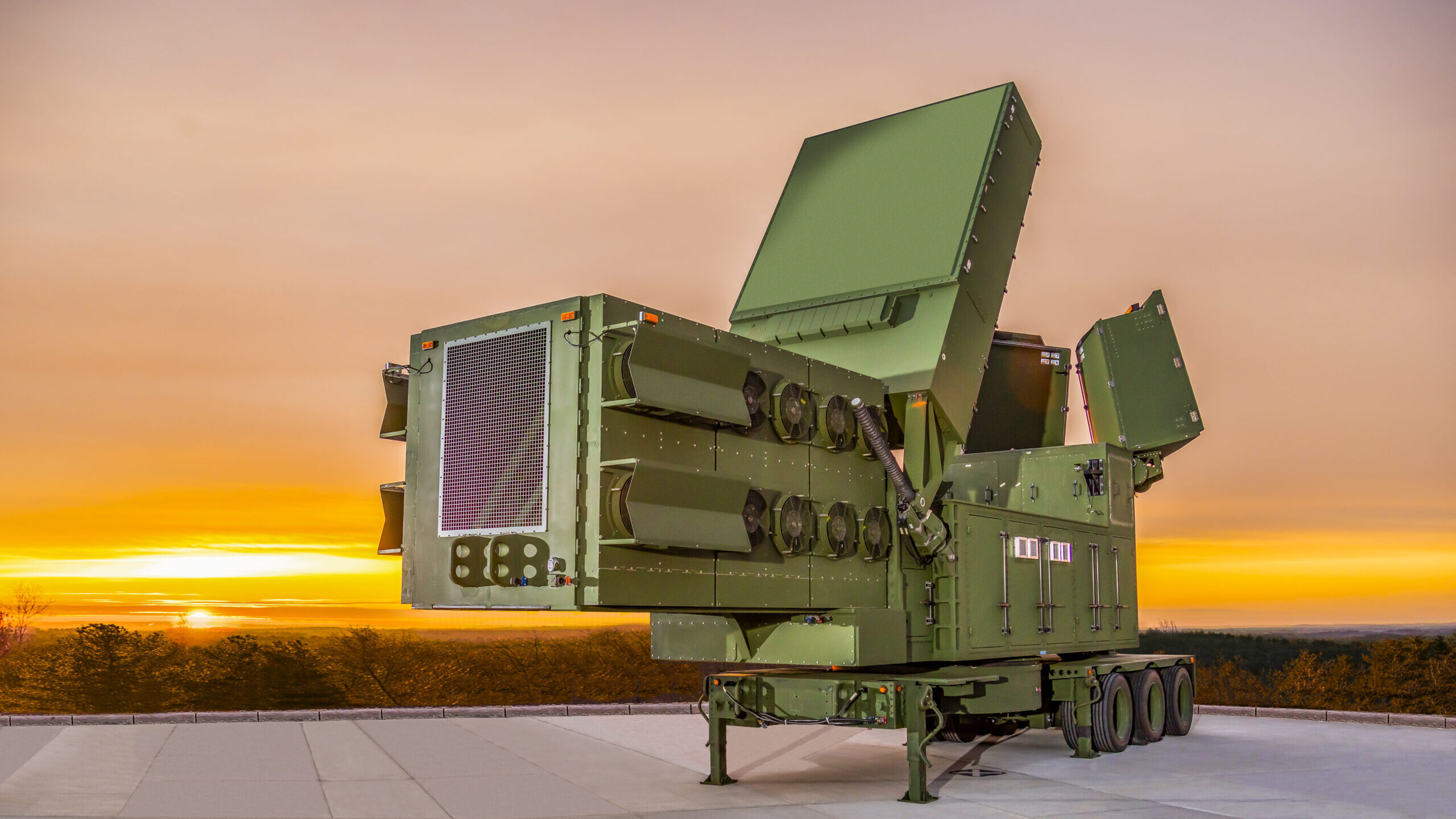
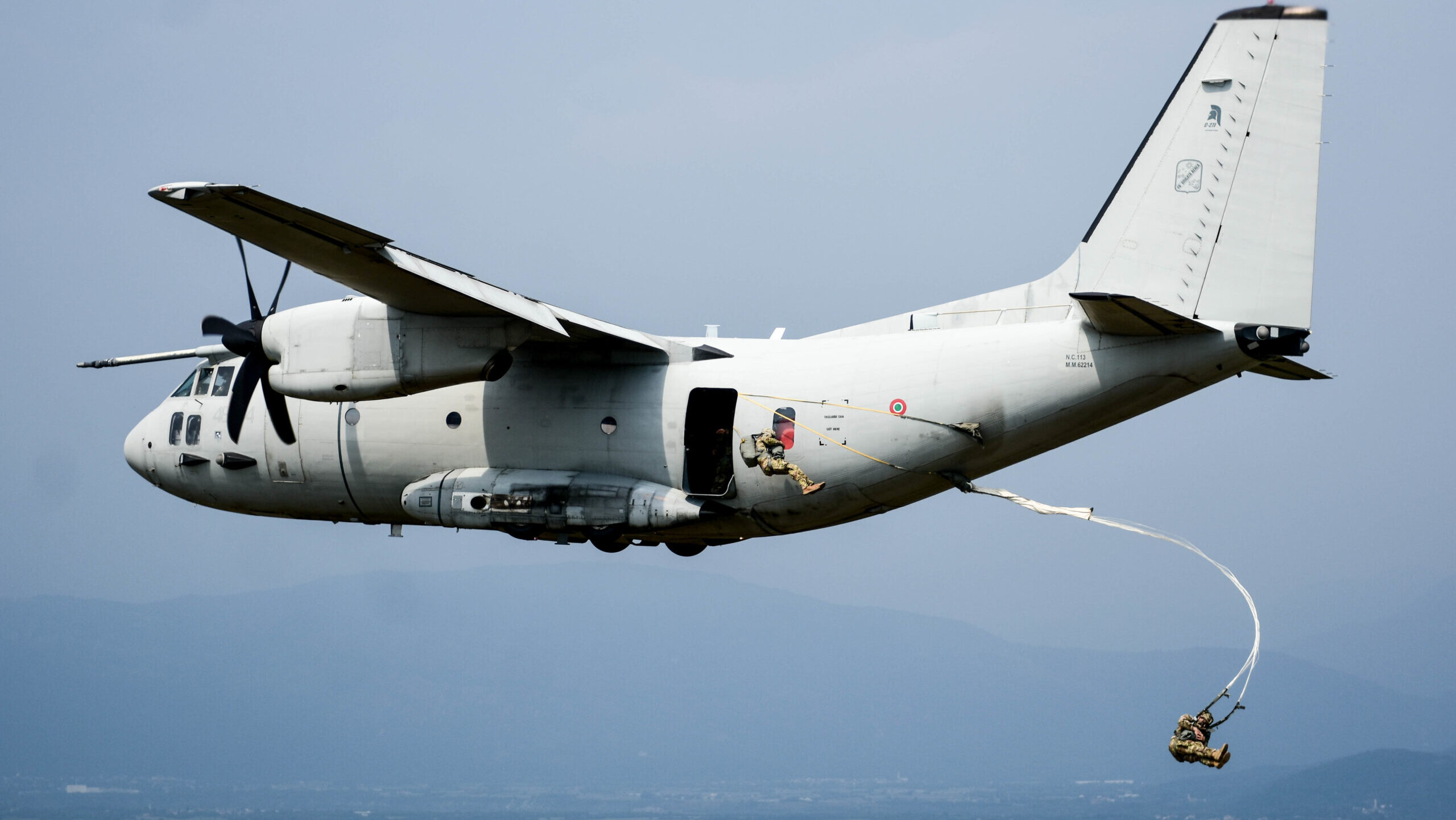











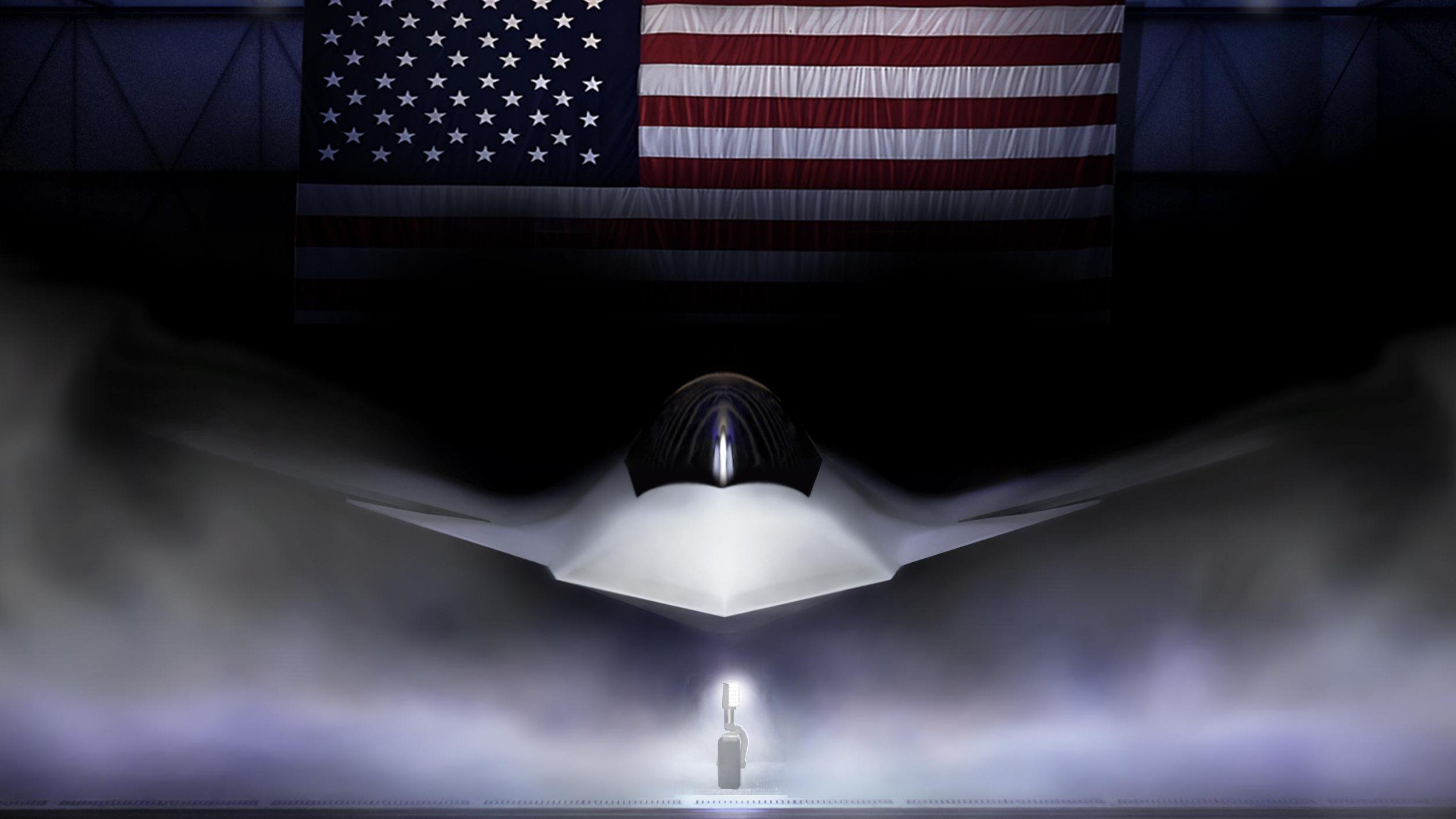





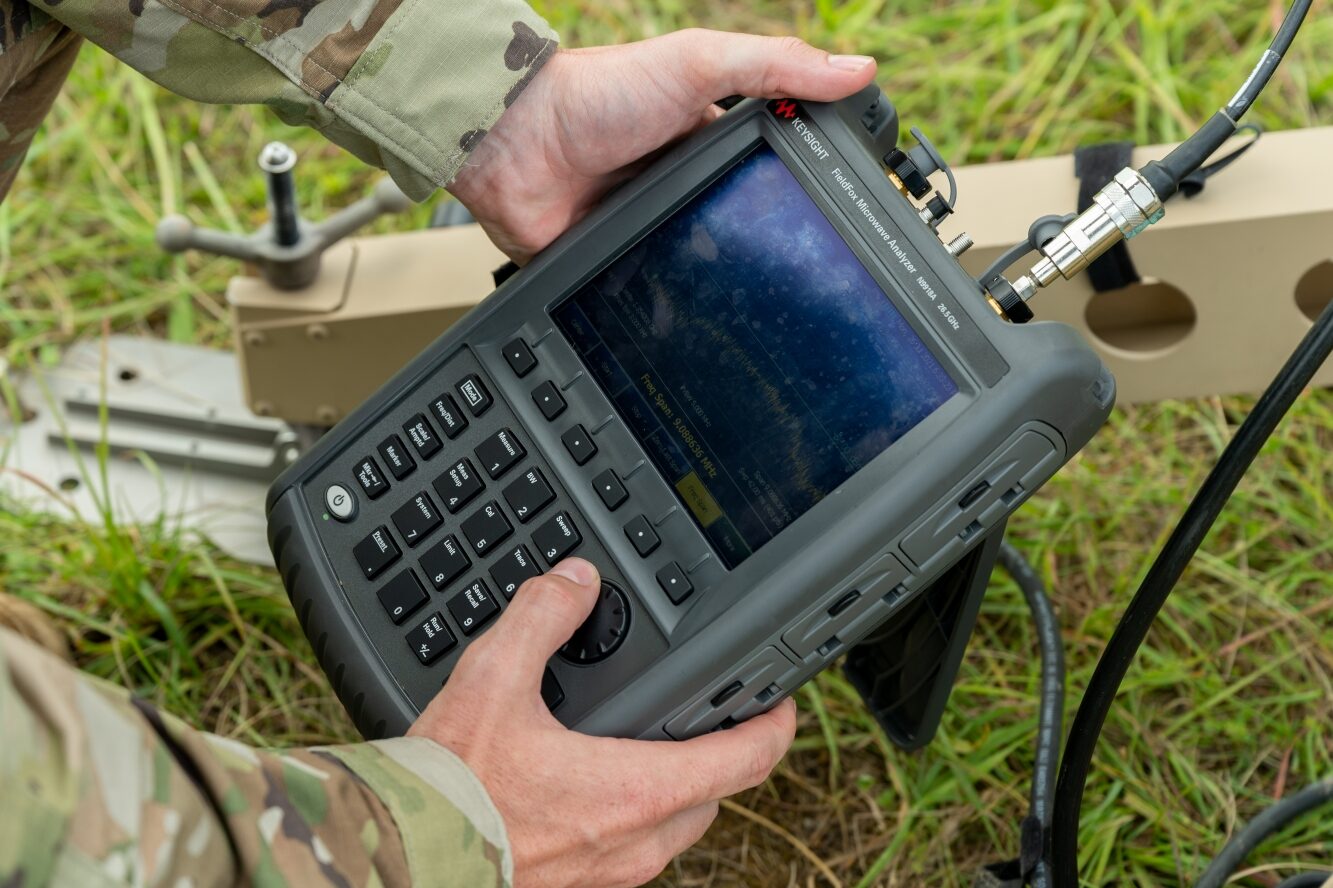






























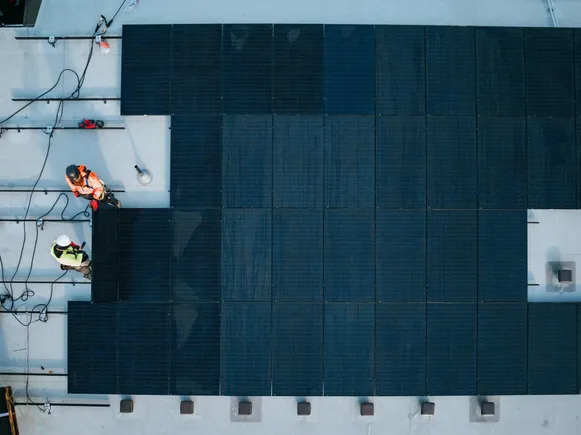




















.jpg)











